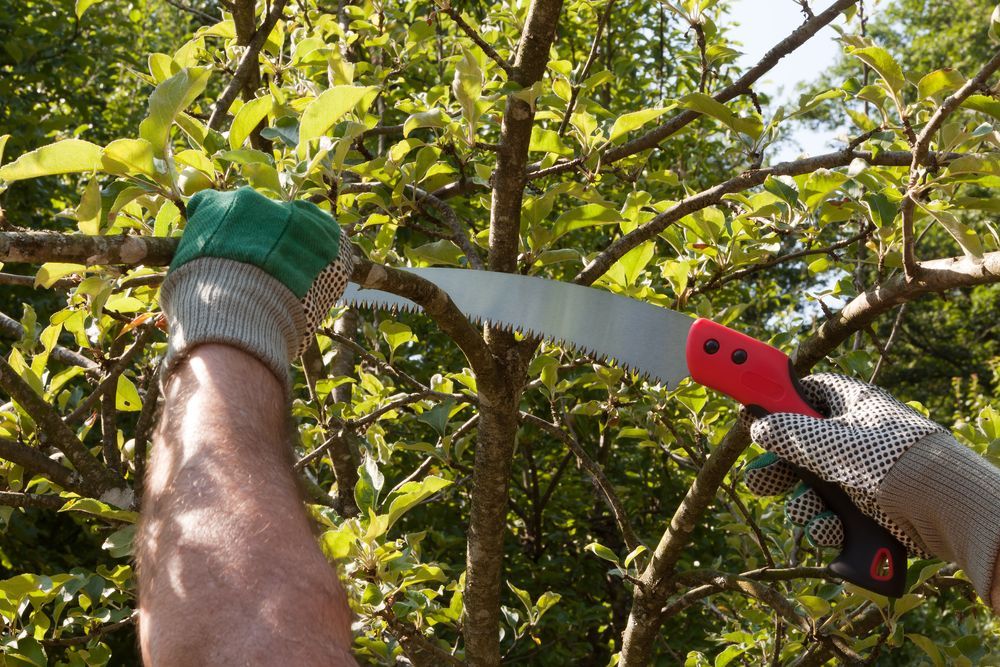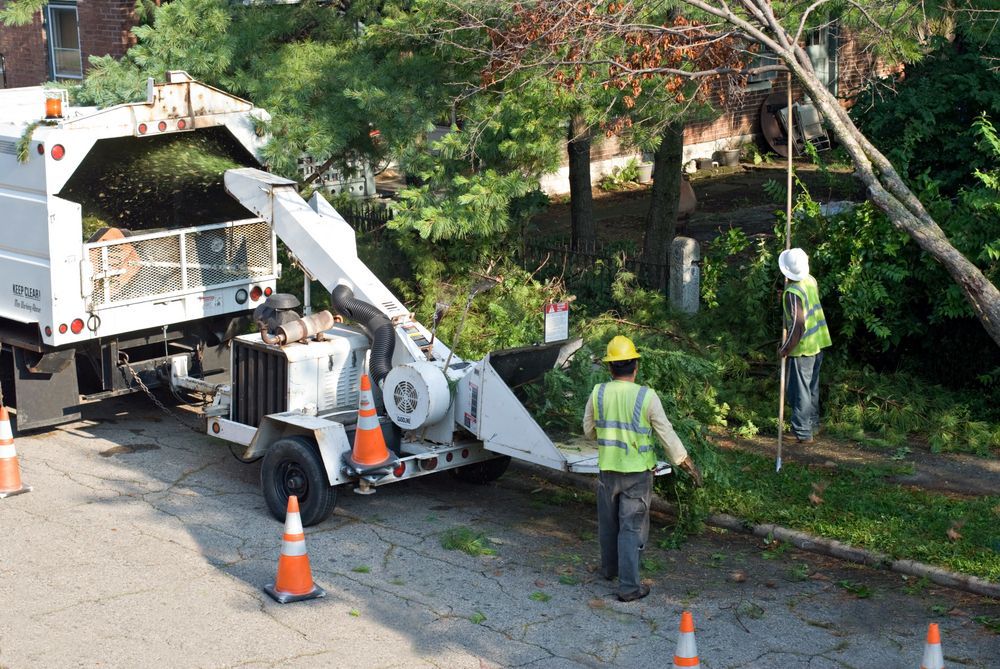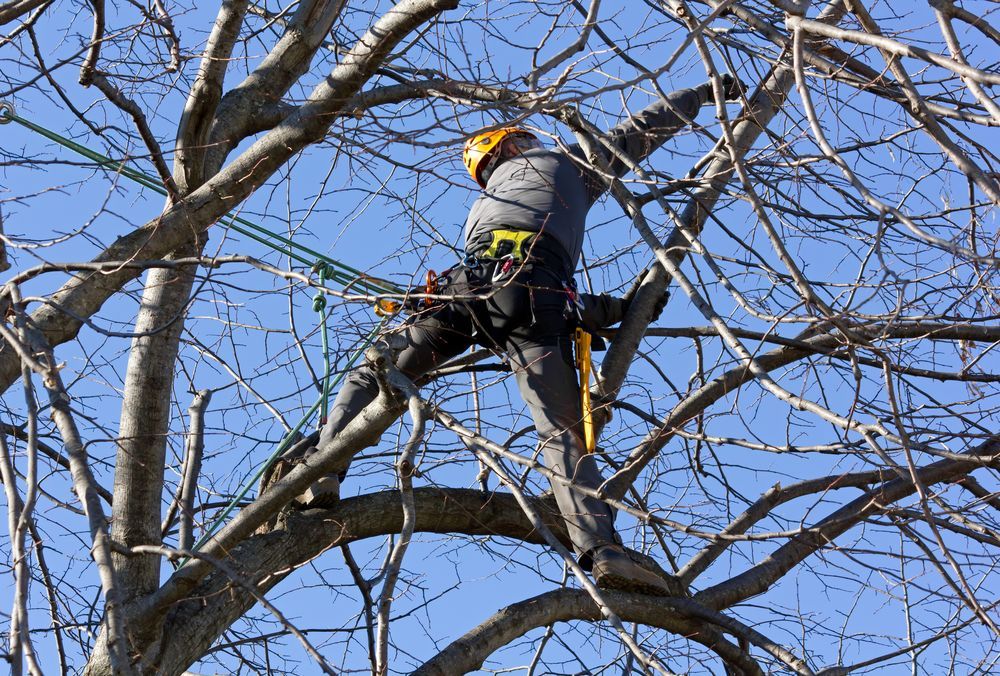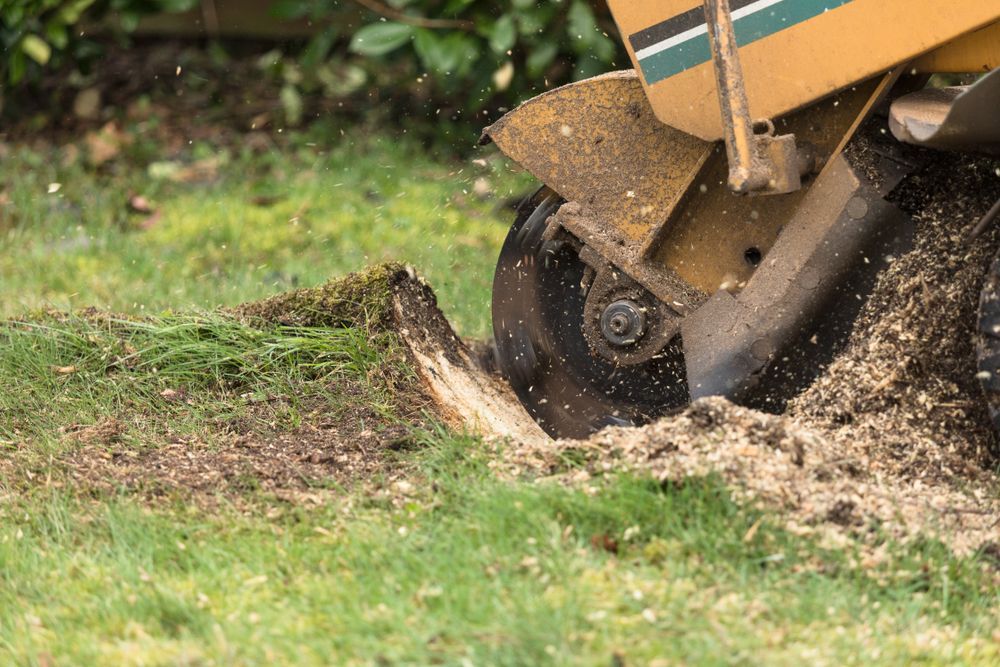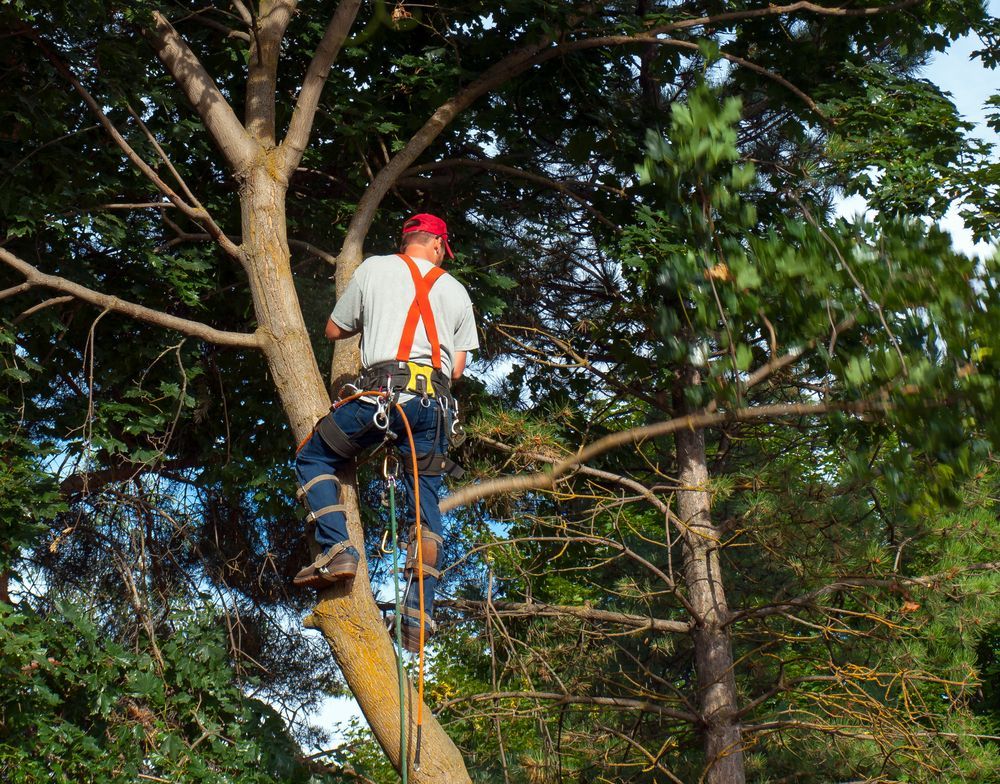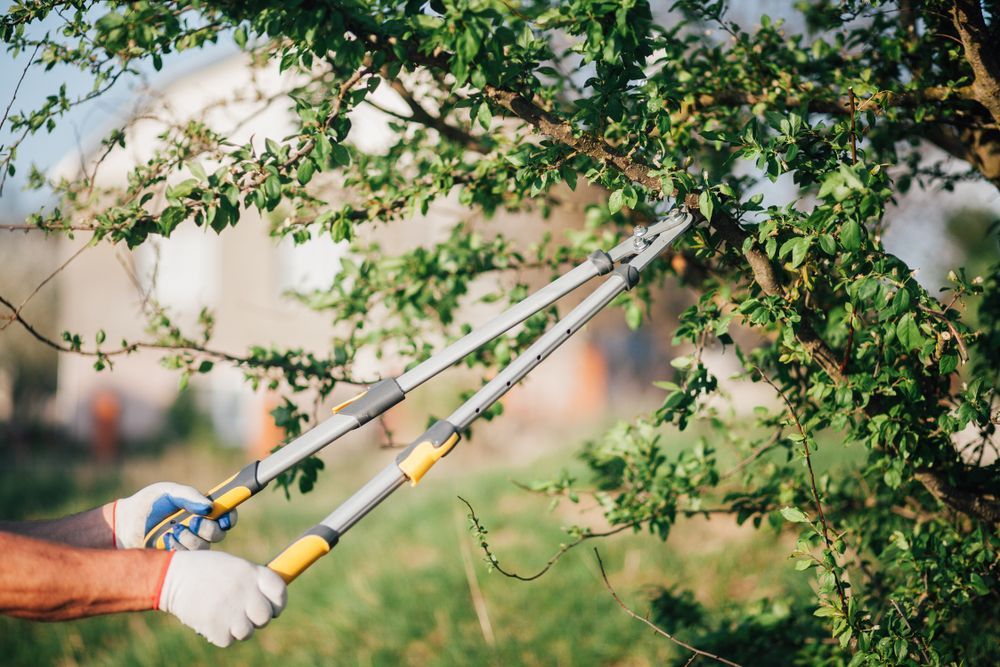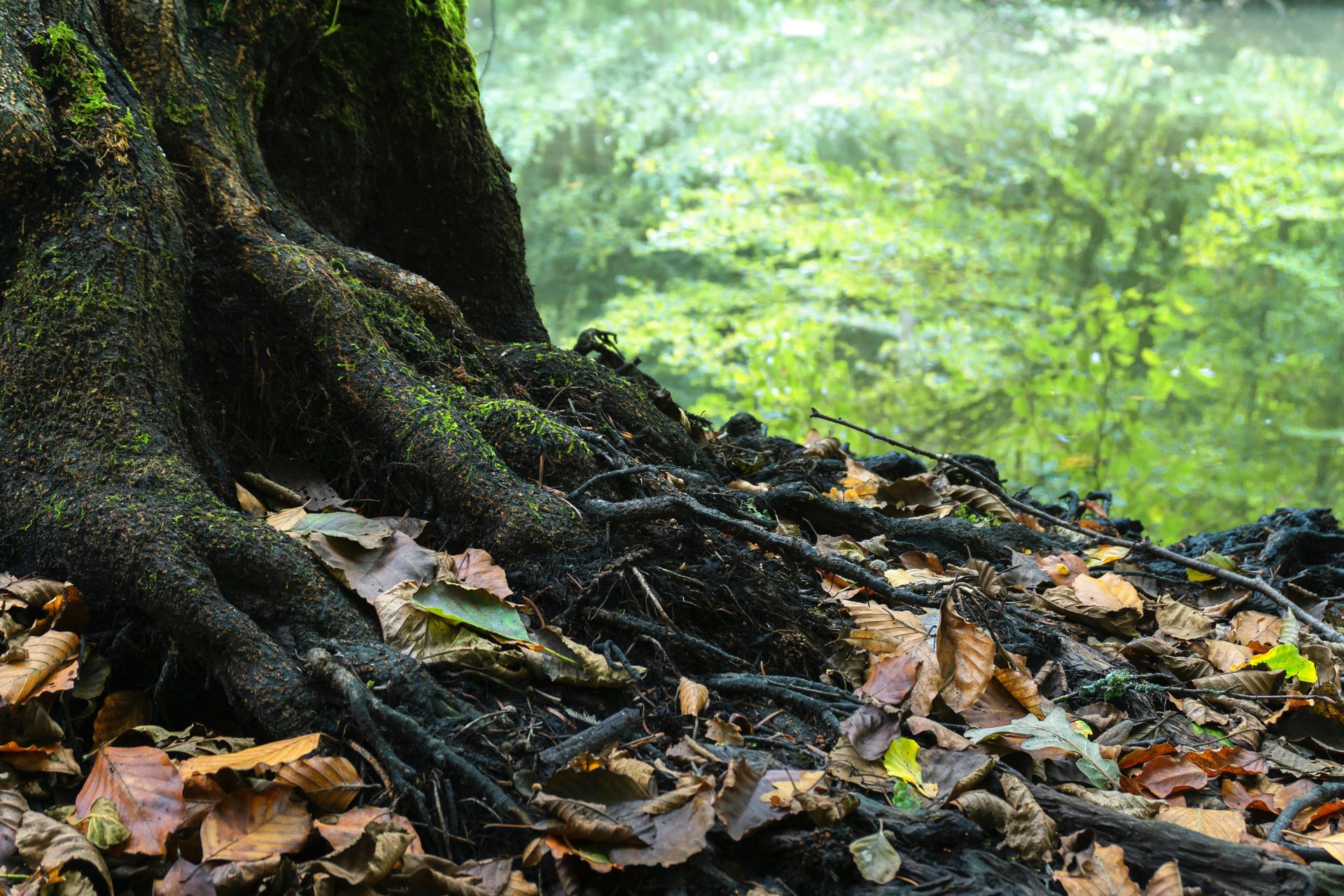
How Tree Roots Can Damage Your Foundation (and What You Can Do About It)
Trees add beauty, shade, and value to our homes. They clean our air and provide habitat for wildlife. But sometimes, the roots of these gentle giants can become a hidden threat to your home's foundation.
Tree roots can damage your foundation by exerting physical pressure against foundation walls, drawing moisture from the soil beneath your home, or finding their way into small cracks and expanding them over time. This damage happens slowly, often over many years, making it hard to spot until problems become serious.
Many homeowners don't realize the connection between their trees and foundation issues until damage has already happened. This article will help you understand the risks, spot the warning signs early, and take steps to protect your home while still enjoying your trees.
Understanding the Root of the Problem
Tree roots grow and spread underground in search of water and nutrients. Most tree roots stay in the top 12-18 inches of soil, but they can spread much wider than the tree's canopy—often 2-3 times the height of the tree. This means a 30-foot tall tree might have roots extending 60-90 feet from its trunk.
Some trees are known for having particularly aggressive or invasive root systems:
- Willows have thirsty roots that seek out water sources
- Poplars and cottonwoods develop extensive, powerful root systems
- Oaks create strong, spreading root networks
- Silver maples have shallow, fast-growing roots that can quickly invade spaces
- Elm trees have roots that often grow toward man-made structures
These roots don't intentionally attack your foundation. They're simply following their nature—growing toward sources of water and nutrients while providing stability for the tree. Unfortunately, this natural process can create serious problems for nearby structures.
Warning Signs of Root Damage to Your Foundation
Catching root damage early can save you thousands in repair costs. Here are key warning signs to watch for:
Visible Cracks in Walls and Foundation
Small hairline cracks might appear in your foundation walls, especially horizontal cracks. These may extend to interior walls, particularly around windows and doors. Even tiny cracks deserve attention, as they can widen over time.
Uneven Floors and Sticky Doors/Windows
When roots cause foundation shifting, your floors may become noticeably uneven. Doors and windows that once opened smoothly might suddenly stick or refuse to close properly. These changes happen because the frame of your house has shifted slightly.
Moisture Problems in Your Basement
Increased dampness or water in your basement might indicate root intrusion. Tree roots can create pathways for water to enter your foundation or may damage water lines.
Changes in Your Landscape
Watch for unexplained changes in your yard, like new bumps or dips in the soil near your foundation. Also note any sudden leaning or movement of concrete paths or patios near trees.
How Tree Roots Affect Your Foundation
Direct Physical Pressure
As tree roots grow thicker, they can exert surprising force against foundation walls. While roots can't penetrate solid concrete, they can exploit existing weaknesses and small cracks. This pressure may eventually cause sections of your foundation to crack or shift.
Soil Moisture Changes
One of the biggest problems caused by tree roots is how they affect soil moisture. Large trees can remove up to 150 gallons of water from the soil each day. When roots draw moisture from the soil under your foundation, the soil shrinks. This shrinkage creates voids that can cause your foundation to settle unevenly.
Foundation Settlement Issues
When soil conditions change under your foundation—whether from compaction, erosion, or moisture loss—parts of your foundation may sink or settle at different rates. This uneven settlement creates stress throughout your home's structure, leading to various problems from roof issues to plumbing damage.
Preventing Tree Root Damage
Safe Tree Planting Distances
The best prevention is proper planning when planting trees. Follow these guidelines:
- Small trees (up to 30 feet tall when mature): Plant at least 10-15 feet from your foundation
- Medium trees (30-70 feet tall when mature): Plant at least 15-25 feet away
- Large trees (70+ feet tall when mature): Keep at least 25-50 feet from your foundation
Root Barriers and Their Installation
Root barriers are physical or chemical barriers installed in the soil to direct tree roots away from foundations. These barriers can be:
- Vertical barriers made of plastic, metal, or concrete installed in a trench between the tree and foundation
- Chemical barriers that discourage root growth in certain directions
- Air-gap barriers that use air pruning to stop root development
Professional installation is recommended for best results, though DIY options exist for smaller projects.
Proper Tree Selection for Your Property
Choose trees with less aggressive root systems when planting near your home. Good options include:
- Japanese maple
- Eastern redbud
- Dogwood
- Crabapple
- American hornbeam
These trees tend to have more contained root systems and pose less risk to foundations.
Solutions for Existing Root Problems
Professional Root Pruning
If roots are already threatening your foundation, selective root pruning by a certified arborist might help. This process removes problem roots while preserving the tree's health and stability. Never attempt to cut major tree roots yourself, as this can destabilize the tree and create a falling hazard.
Tree Removal Considerations
Sometimes removing the tree is the only solution to protect your foundation. Consider removal if:
- The tree is too close to your foundation (within 10-15 feet)
- Roots have already caused significant damage
- The tree shows signs of decline or disease
- The tree poses other risks to your property
Always hire certified professionals for tree removal to ensure safety and proper techniques.
Foundation Repair Options
If root damage has already occurred, foundation repairs might be necessary:
- Underpinning: Strengthens your foundation by extending it to more stable soil
- Slab jacking or mud jacking: Lifts settled concrete slabs by pumping material underneath
- Foundation piers or pilings: Provides deep support that bypasses problem soil areas
- Waterproofing: Prevents further water damage after root issues are addressed
These repairs should always be performed by qualified foundation repair specialists.
When to Call the Professionals
Assessment Services
If you suspect tree roots are damaging your foundation, get professional help to assess the situation. Consider hiring:
- A certified arborist to evaluate the tree and root system
- A structural engineer to assess foundation damage
- A
foundation repair specialist to recommend specific fixes
Many companies offer free or low-cost initial assessments.
Emergency Situations
Contact professionals immediately if:
- You notice sudden, large cracks in your foundation
- Doors or windows suddenly won't close properly
- You see the tree leaning more than usual
- After heavy rain or wind, you notice new foundation issues
Finding the Right Expert
Look for specialists with:
- Proper certification and insurance
- Experience with tree-related foundation issues
- Good reviews and references
- Clear, detailed written estimates
- Warranties on their work
Maintaining Harmony Between Trees and Your Home
Regular Monitoring Strategies
Create a simple monitoring routine:
- Walk your property's perimeter seasonally to check for changes
- Take annual photos of your foundation walls to compare over time
- Watch for changes in soil moisture around your foundation
- Note any door or window operation changes
Seasonal Maintenance Tips
- Spring: Check for winter damage and new growth patterns
- Summer: Monitor soil moisture during dry periods, water appropriately
- Fall: Remove leaves from gutters and foundation areas
- Winter: Watch for ice damage that could create new entry points for roots
Long-term Prevention Planning
Consider a comprehensive approach:
- Install proper drainage systems around your foundation
- Maintain consistent soil moisture with soaker hoses during dry periods
- Schedule professional tree inspections every 2-3 years
- Plan for eventual replacement of problem trees with more suitable species
Conclusion and Next Steps
Living harmoniously with trees while protecting your foundation requires awareness, planning, and sometimes professional help. By understanding the warning signs and taking preventive measures, you can enjoy your trees without risking your home's structural integrity.
If you're dealing with tree-related foundation concerns in the Lake Norman, Charlotte, or surrounding areas, Clark's Tree Express can help. With over 45 years of experience serving communities like Huntersville, Denver, Sherrill's Ford, and throughout the region, our certified arborists understand the delicate balance between preserving trees and protecting your home.
Our team provides expert tree assessments, selective root pruning, and when necessary, safe tree removal services to address foundation concerns. We'll work with you to develop solutions that protect your property while maintaining the beauty and benefits of your landscape whenever possible.
Don't wait until small problems become expensive repairs. Call Clark's Tree Express today for a professional evaluation of your trees and expert advice on protecting your foundation for years to come!


